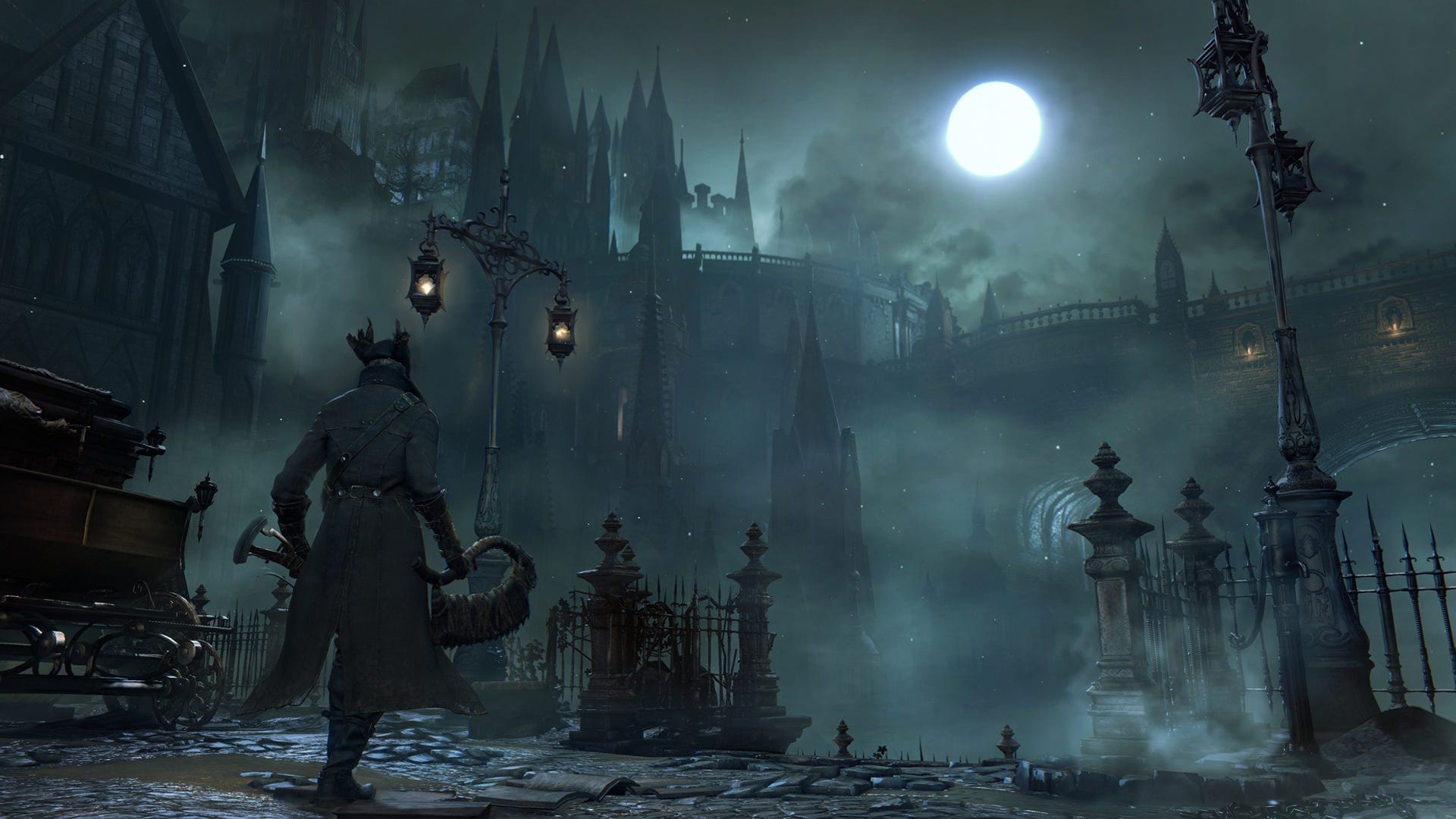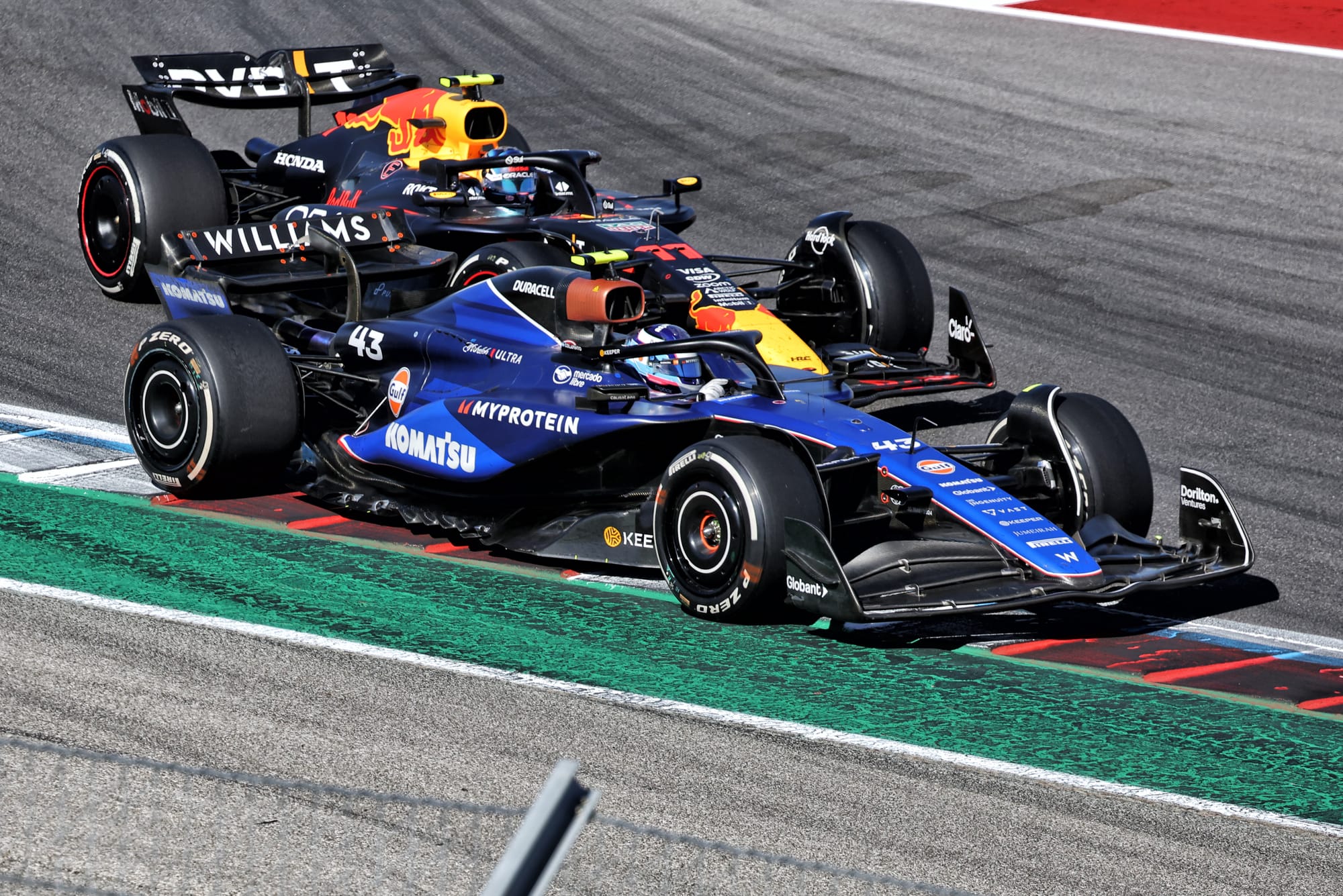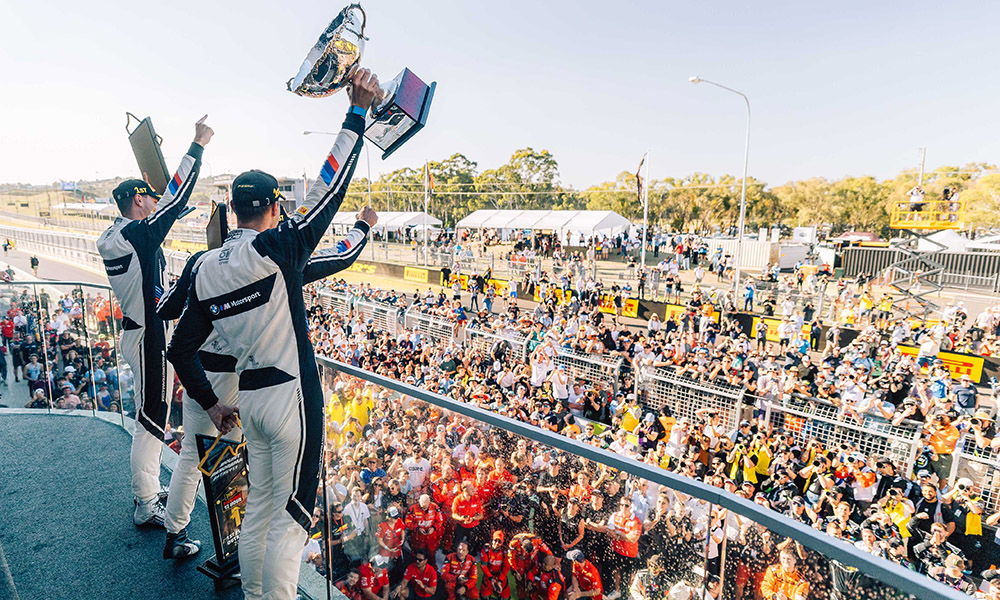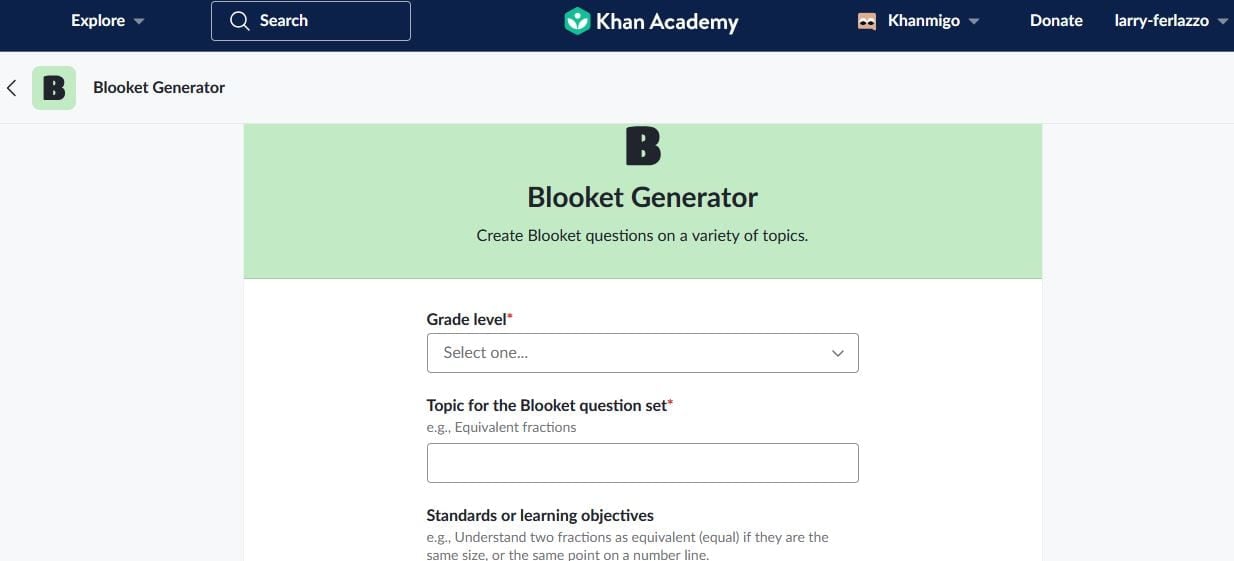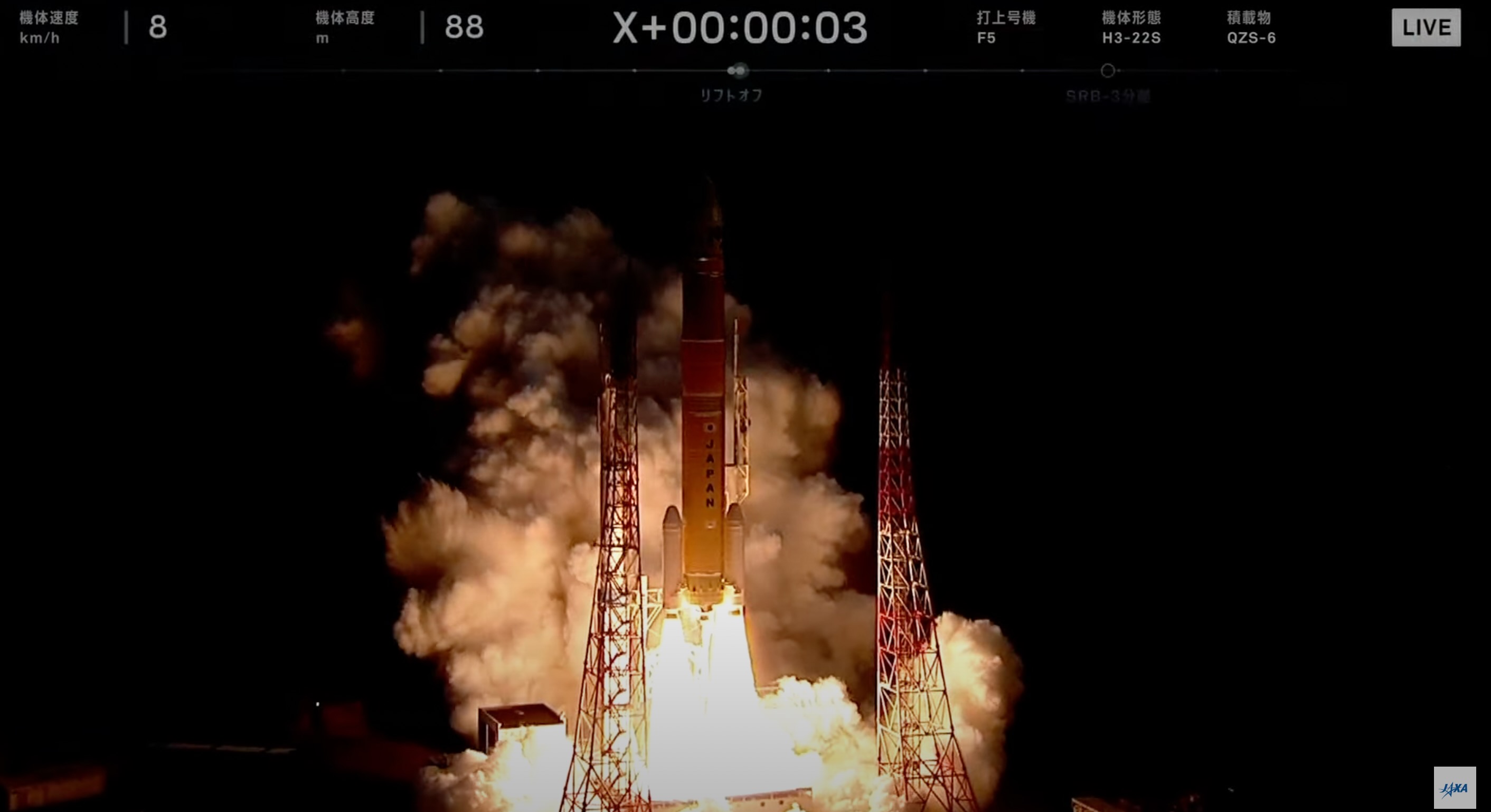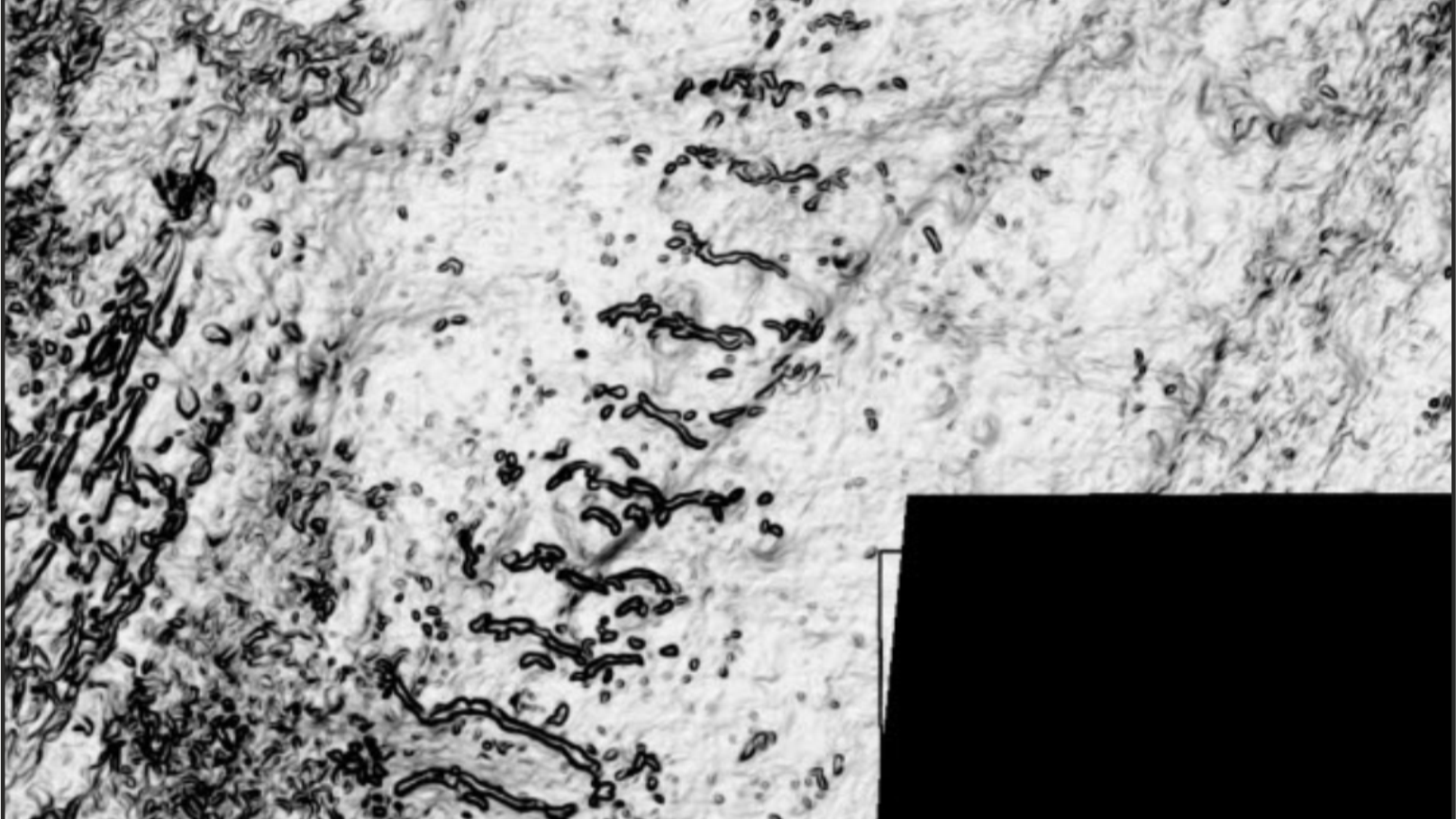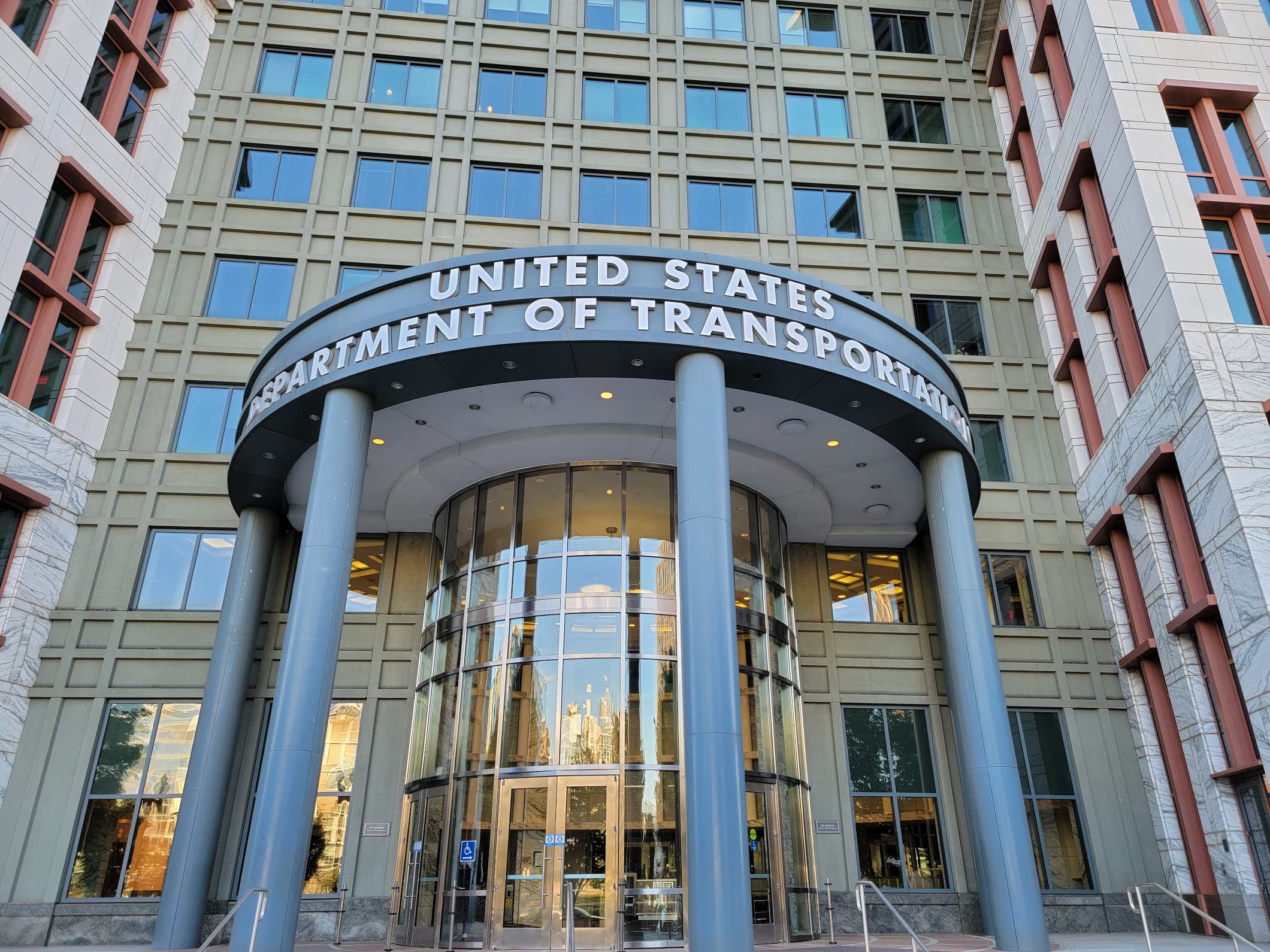Honda’s Next-Gen Plant Is Geared to Build Whatever the Market Demands. Here’s How
Next stop? Solid-state battery production, Honda says. The post Honda’s Next-Gen Plant Is Geared to Build Whatever the Market Demands. Here’s How appeared first on The Drive.

With a group of assembled media looking on, a giant robotic arm lifts half of an aluminum battery case from a die. It’s fully formed and, after a quick quality inspection and some minor finishing work, ready to be welded to one of two potential mates. One will result in a small battery pack for one of Honda‘s hybrids; the other will produce a large pack for a dedicated battery-electric vehicle. They’ll be stacked alongside the inline-four and V6 gas engines queuing up to leave Honda’s Anna Engine Plant for their final assembly locations.
Honda has been building cars in Ohio for more than 40 years, but not like this.

This “megacasting” process is just one of many new strategies being implemented in support of Honda’s 0-Series electrification effort. It may not sound as sexy as “gigacasting,” but it’s a critical component of the company’s new flexible strategy. Honda will eventually have six megacasting presses in operation, and while they may be cranking out battery cases now, they could be reconfigured to produce virtually anything up to the physical limitations of the press—provided it’s something you can make out of aluminum. Internal combustion engine blocks? Sure. Heads for those same power plants? No problem. And as tantalizing as the promises of gigacasting may be, some automakers have already run afoul of its limitations.

Even with fully formed parts essentially squirting out of a giant robot, we’re still far from an assembled car. For that, we head over to Honda’s Marysville Auto Plant. MAP was the first truly successful foreign car factory in the United States, and while it looks nothing like it did back in 1982, it remains a vanguard for Honda’s innovation. Over the past year, the automaker has been re-imagining and reshaping its entire MAP production operation, merging assembly lines together and forging a new modular system that gives Honda virtually unlimited freedom to react to market demand.


The battery cases arrive at MAP still empty. Here, newly retrained associates assemble and test the packs. There’s no assembly line in the traditional sense; instead of a conveyor belt, the cases move from station to station on top of small automated guided vehicles (AGVs). These follow a set path laid out on the floor, silently and safely guiding the heavy packs from person to person. Completed packs can be stockpiled here or sent directly to the line, where they’ll fall in beside the gasoline engines, which also require some final dressing after being trucked over from Anna. Whether it’s a BEV, HEV, or simple ICE vehicle, determining what gets built is really no more complicated than pointing and clicking. No matter if it’s a batch of a hundred or a dozen, or even a single unit, the line can accommodate so long as Honda can feed it the parts.

The rapid prototyping and assembly of this new line puts Honda’s choice to leapfrog its partnership with General Motors in a new light. With its new architecture in the works and in-house models due to roll off the assembly line later this year, the company is in a strong position to either benefit from the current electrification climate or weather what’s to come. Still, Honda recognizes that EVs are in their relative infancy, and the company remains committed to developing solid-state batteries for mass-market autos. Look for more news on that front soon—like, really soon.
Got a tip? Send it in: tips@thedrive.com
The post Honda’s Next-Gen Plant Is Geared to Build Whatever the Market Demands. Here’s How appeared first on The Drive.









![[DEALS] iScanner App: Lifetime Subscription (79% off) & Other Deals Up To 98% Off – Offers End Soon!](https://www.javacodegeeks.com/wp-content/uploads/2012/12/jcg-logo.jpg)











